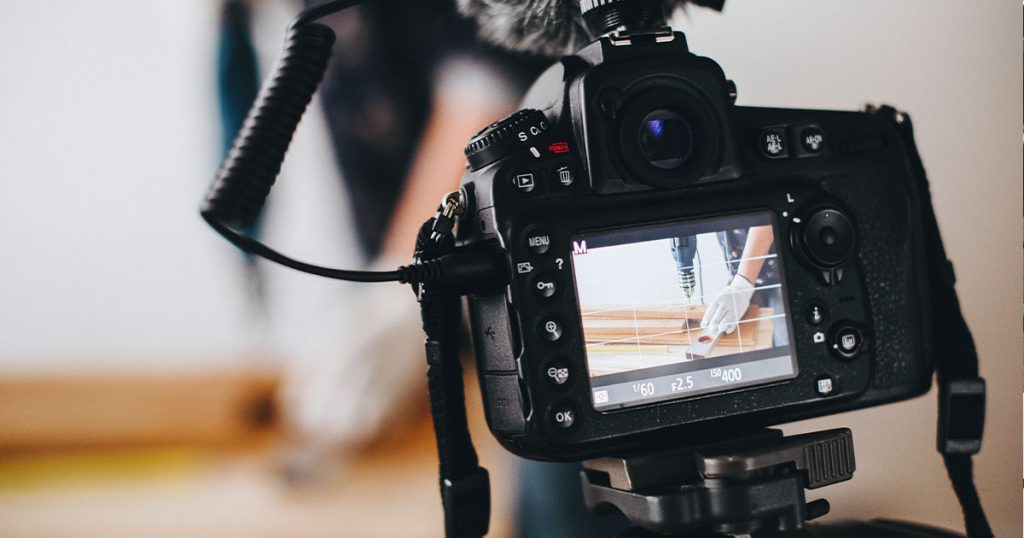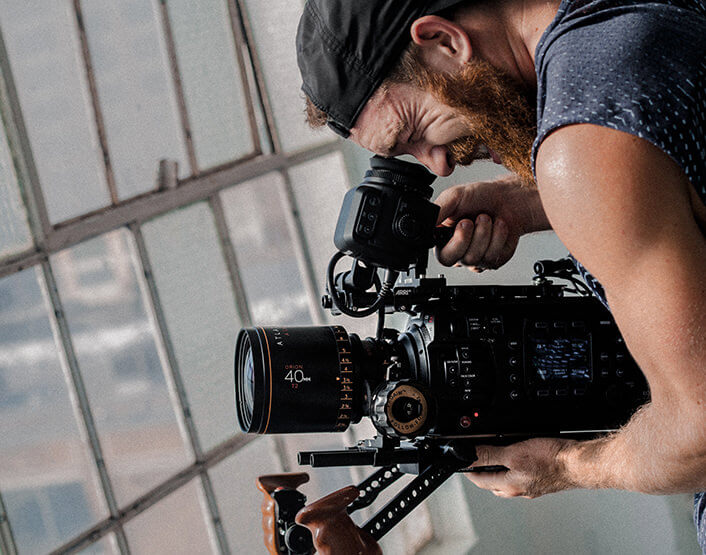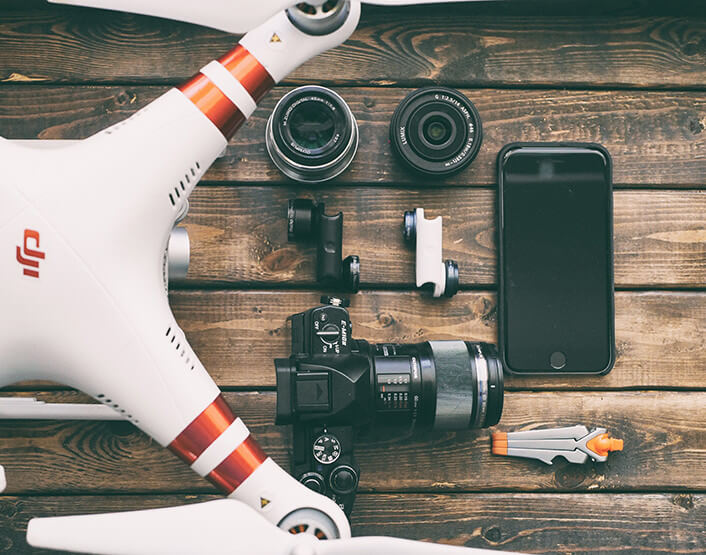It is no secret that things are a little unpredictable nowadays, in any number of industries. One of the most heavily impacted industries as a result of the pandemic is the Lakeland video production industry, mostly because it relies on face-to-face interaction to get the shots needed to build a single video project.
Many video production projects were placed on hold, leaving it up to editors and the other professionals to handle from home. One option that some professionals are considering is the use of stock footage to help round out the rest of the shots needed for the video.
Some people don’t like the idea of using stock footage in their video projects because, according to them, it feels like “cheating” to use pre-shot footage. However, when used properly, good stock footage can do a lot to enhance the overall quality of your video project without distracting from the main shots that you took yourself.
Learning how to use stock footage in your Lakeland video production is especially important now since you have to learn to adapt to the demands of the pandemic. When it comes to using stock footage in your one video production project, the key here is to learn how to use it properly.
If you’re looking to use stock footage, one of the first things to do is find the right resources to get the footage. There are plenty of websites where you can get stock footage, so feel free to take a look around. However, the licensing of this is where it gets tricky.
It can be very easy to get a shot from a site and use it however you wish to, but you have to get the rights to use it first. Make sure to thoroughly read the licensing rights to the footage so that you don’t end up using a shot improperly.
Once you have all of the legal things down, you should make sure to use your stock footage properly so that it does not stand out too much in comparison to the rest of your video. One thing that some video production professionals forget is that the stock footage does not match the rest of your shots.
This is problematic because your stock footage will end up standing out if you don’t fix this. Make sure that you take the time to adjust the color grading, audio, and transitions on the stock footage so that it will blend properly with the rest of your video. Always keep in mind that the use of stock footage is meant to enhance your video as a whole, and is not meant to be a replacement for the shots that you have taken yourself.






